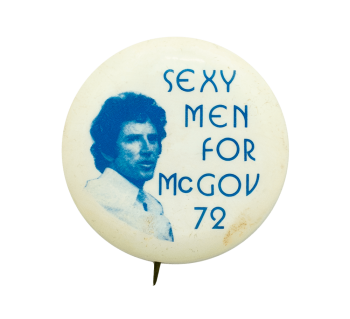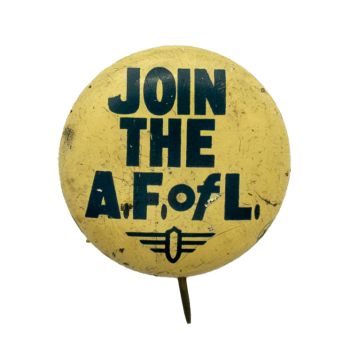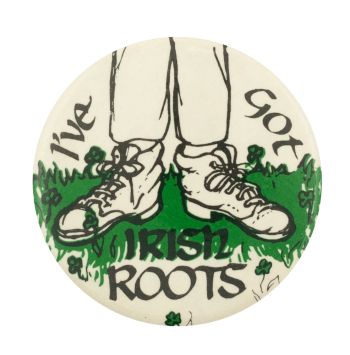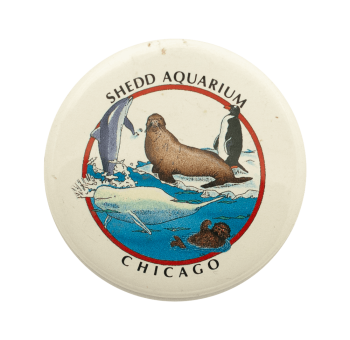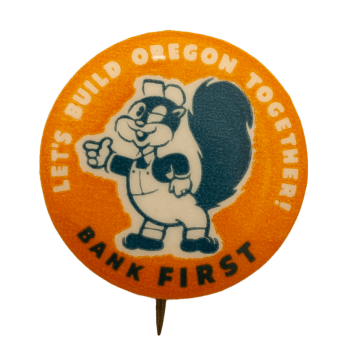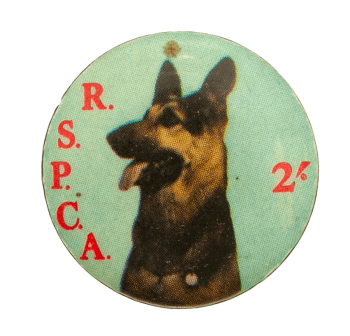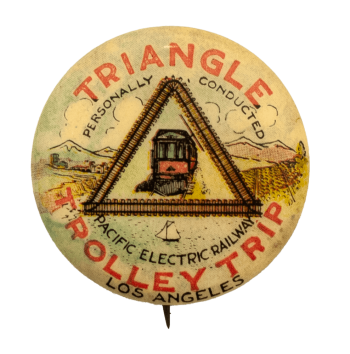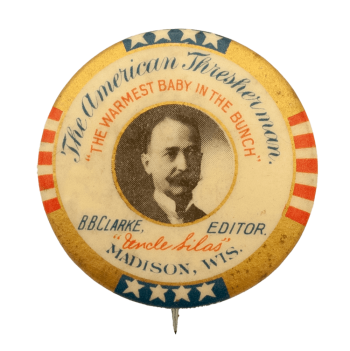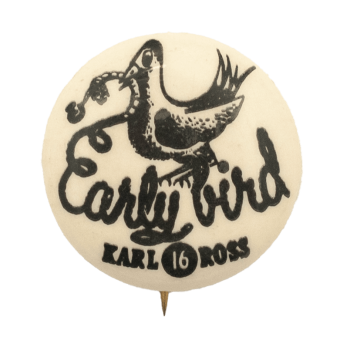Sexy Men for McGov
| Category | |
|---|---|
| Additional Images | |
| Sub Categories | |
| Text on Button | SEXY MEN FOR McGOV 72 |
| Image Description | Blue text on a white background next to a blue-tinted photograph of a typically handsome 1970s-style man |
| Back Style | |
| The Shape | |
| The Size | |
| Year / Decade Made | |
| Additional Information | George McGovern was the Democratic Party Nominee running against incumbent President Richard Nixon in the 1972 presidential election. McGovern was seen as a radical politician due to his support for the anti-war movement. McGovern was the first senator to speak out against United States involvement in the Vietnam War. McGovern garnered a mass of celebrity support from the likes of John Lennon, Mark Hamill, Goldie Hawn, Liza Minelli, and Paul Newman. Actress Shirley MacLaine campaigned tirelessly for McGovern and produced the “Star-Spangled Women for McGovern” political variety show to raise funds for the Democratic campaign. While the show was regarded as “one thunderbolt after another,” Nixon defeated McGovern in a landslide. McGovern received only two electoral votes from Massachusetts and Washington D.C. |
| Sources |
George McGovern. (2024, October 1). In Wikipedia. Retrieved October 2, 2024 from https://en.wikipedia.org/wiki/George_McGovern George McGovern 1972 presidential campaign. (2024, September 8). In Wikipedia. Retrieved October 2, 2024 from https://en.wikipedia.org/wiki/George_McGovern_1972_presidential_campaign Star-Spangled Women for McGovern–Shriver. (2022, June 6). In Wikipedia. Retrieved October 2, 2024 from https://en.wikipedia.org/wiki/Star-Spangled_Women_for_McGovern%E2%80%93Shriver |
| Catalog ID | PO1268 |

